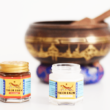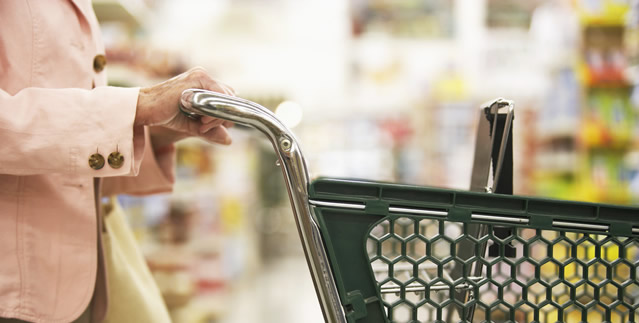Are instant foods and prepacked foods harmful? You bet, they are. Ready-to-eat and ready-to-fry food packets, heat-and eat-products and instant snacks may be quick and easy for a stressed, fast-paced city life but eating them too often can result in long-term damage to health, especially to those who do not have strong kidneys.
Instant foods harmful for the kidneys
Most processed foods are loaded with phosphorous, sweeteners, artificial flavoring and salts. In other words, they are stripped of natural sweeteners. Most of them are known to carry high level of phosphorous and sodium content which can cause a lot of harm to the kidneys .
Keith Williams at Dallas Nephrology Associates says, “Phosphorous is a vital mineral found in second largest concentration in the human body, capable of worsening the kidney problems by a huge extent. To those with chronic kidney disorder patients, phosphorous is noxious and if they are accumulated in the body, causing severe damage.”
Kidney patients have high phosphorous retention in them, which leads to increase in the size of the parathyroid gland, that controls the calcium amount in blood and bones. “In an effort to increase calcium in the blood, the body absorbs calcium from the bones, and eventually the bones are harmed,” says Keith. “ This not causes cardiovascular morbidity among patients, but the sodium in packaged foods can lead to water retention and cause more pressure in the kidneys. Too much sodium, phosphorous and water retention can be life threatening to a kidney patient.”
So do we leave packaged foods totally?
Sensibly speaking, it is not feasible to entirely leave packaged foods in this age, but that doesn’t imply you don’t take interest in the nutritional fact file of the instant or packaged food that you consume.
• Ingredients in packaged food are listed according their quantity in the food. So the main ingredient will be at the top and the lesser ones at the bottom.
• If are suffering from a kidney ailment, you need to curb sodium, potassium and phosphorus from your diet. Keith points out, “ Sodium may be mentioned but phosphorous may not because it is often a part of additives.”
• Pay due attention to the serving size, food packets mentioned ingredients on a ‘per serve’ base. So look for phosphorus and sodium in the list of ingredients.
• Chinese foods, Cured meats, pickles, have high level of sodium whereas phosphorous is typically found n dairy products, colas, meats and packaged nuts.
How much phosphorous and sodium should we take?
We cannot actually leave out sodium and phosphorous because they are present in most foods we eat, particularly phosphorous that is present in cereals, vegetables, meat, nuts and milk.
• A standard phosphorous requirement for an adult is 700 mg and if the intake is more than this limit, it can prove to be quite harmful for the individual. For sodium the average consumption for an adult should be 1,600 mg per day (4 gm salt is equal to 1.6 g sodium).
• A pre-packed soup packet tends to have monosodium glutamate and preservatives like sodium benzoate or sodium citrate.
• Patients are advised to read nutrition labels cautiously and reduce the consumption as far as possible. Having fresh fruits and vegetables can balance the problem to a significant extent.
Look for these nutrition cues in the food label of processed food:
1. Serving size: This is the amount that can be eaten at one go by a person
2. Per Cent Daily Value: This compares how much nutrient one serving of food contains compared to the daily requirement
3. Saturated fat: Not more than 20 percent a day
4. Transfat: Should ideally be 0
5. Sodium and potassium: Between O and 15 percent
6. Dietary fiber: Fiber helps your body digest the food you eat, hence it is important.












